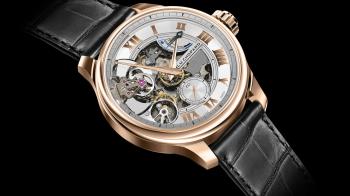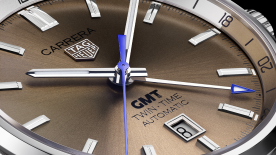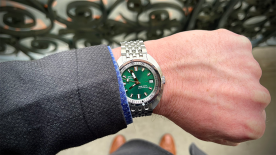When it comes to the most complicated watchmaking complication, the minute repeater, no two brands approach things in the same way. This area of expertise is as far away from the “tractor” base movement as you can possibly get. For production runs as low as 20, brands invest huge amounts of time and money in minute repeater research and development. With the help of the man behind just such a programme, Chopard’s Research and Development Project Manager, Nicolas Schlappi, we look at what exactly this involved and how such lavish investment is justified.
Crystal-clear sound
You cannot develop a brand-new minute repeater calibre without considering the auditory qualities of the finished product almost from the outset. Several brands have taken a scientific approach during the movement development process for recently launched minute repeaters. Since Audemars Piguet was already working on its Supersonnerie with the EPFL (Swiss Federal Technology Institute in Lausanne), Chopard chose to work with the Vibrations and Acoustics Laboratory at the INSA (National Institute for Applied Sciences) in Lyon. But whereas Audemars Piguet were more interested in sound propagation, Chopard wanted to find the best combination between the two elements that make up the striking sound: frequency (measured in Hertz) and volume (measured in decibels). They determined an optimum range of 1-3KHz for the frequency and 50-70dB for the volume.
For optimum sound propagation, Chopard opted for a revolutionary approach to designing the gongs that produce the sound and integrating these with the case and movement. Gongs in minute repeaters are usually made of steel or gold, which vibrate when struck by the hammers, generating the sound. However, the addition of various joins between the gong and the case, using screws, and the gong and crystal, using glue, can dampen the sound. Chopard therefore decided to machine the gongs in sapphire, incorporated into a monoblock sapphire crystal.
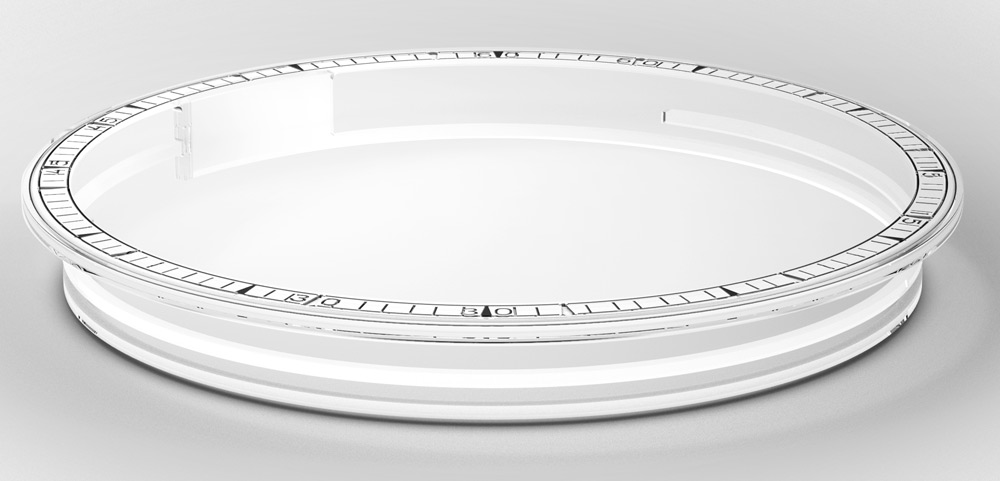
Sapphire crystal is notoriously difficult to machine, however, and given that the cross-section of the gongs is just 0.51mm (with no possibility for adjustment after machining), Chopard had an addition layer of complexity to contend with. But after tests involving 1.5 million strikes of the hammer and shocks of up to 450g, this patent-pending construction has already proved itself.
User friendliness and security
Because of their complexity (the Chopard Full Strike movement has 533 components) and the delicate nature of the striking mechanism, minute repeater complications are notoriously sensitive. Watch brands therefore devote a large proportion of their research work to the security of their minute-repeater mechanisms. In Chopard’s case, one of a number of security systems implemented in the calibre 08.01-L has been the object of a patent application. A coupling clutch ensures that the minute-repeater regulator is only connected once all the feelers have calculated the chimes and that, as a result, no energy is consumed unnecessarily.

Between notes
In a minute repeater, silence can be as important as the chimes themselves. The governor in the calibre 08.01-L has an ingenious construction that means it runs completely silently. As its spins wildly to regulate the energy released from the barrel, two tiny springs in contact with inner side of its drum causes friction, while inertia weights extend to create further inertia. More important, however, is the patent-pending construction used to strike out the hours, quarters and minutes, in which the three ratchets that trigger the chimes are superimposed on top of each other. Each ratchet drives its successor, so as soon as the last hour is struck, for example, the quarters immediately follow. This avoids the gaps that are sometimes discernible with other minute repeaters.
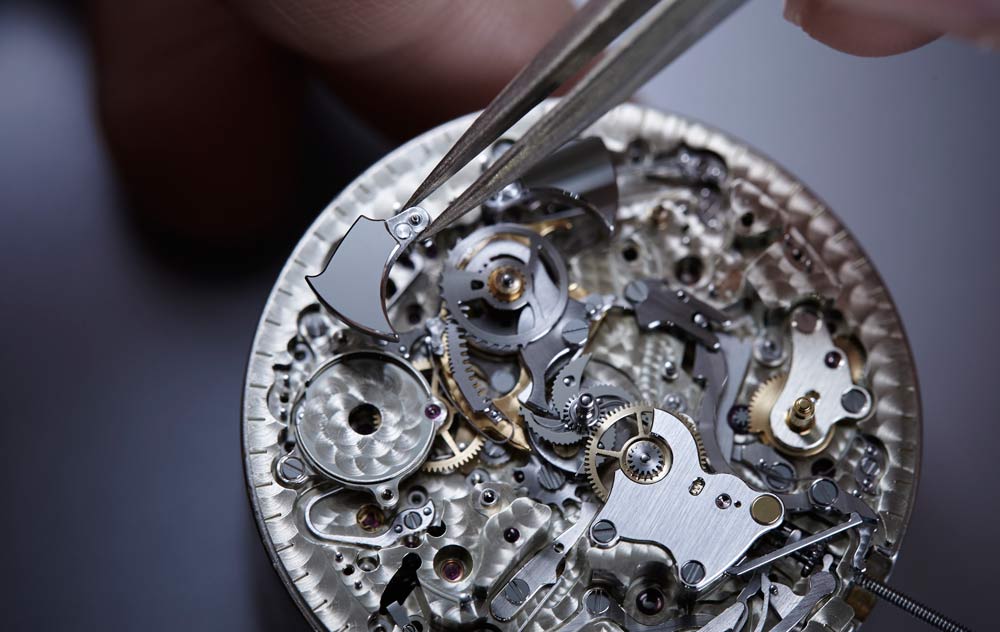
Nicolas Schlappi, who was heavily involved in the 17,000 hours of research and development over a period of six years to develop the calibre 08.01-L, is keen to point out other details. The Chopard L.U.C Full Strike is also a COSC-certified chronometer, for example, and has been awarded the prestigious Poinçon de Genève (Geneva Hallmark). This explains certain choices, such as the use of untreated nickel silver for the mainplate and bridges. “If any coatings or plating had been applied, this would show on bevels or with decorations such as the Côtes de Genève. For us, it was a question of harmony and the respect for tradition. It makes it even more difficult for the watchmakers who have to assemble the movement, however, since untreated nickel silver can react immediately if it comes into contact with human skin.”
Even at 265,000 Swiss francs, the limited edition of just 20 Chopard L.U.C Full Strike models seems unlikely to amortise the undoubtedly huge investment in its production. But the very theory of the L.U.C collection is that the fruits of its research should ultimately flow into other Chopard collections. The new Superfast 8Hz calibre in the limited-edition Superfast Power Control Porsche 919 HF Edition is, for example, based on the 8Hz calibre that was originally developed for the L.U.C collection.
